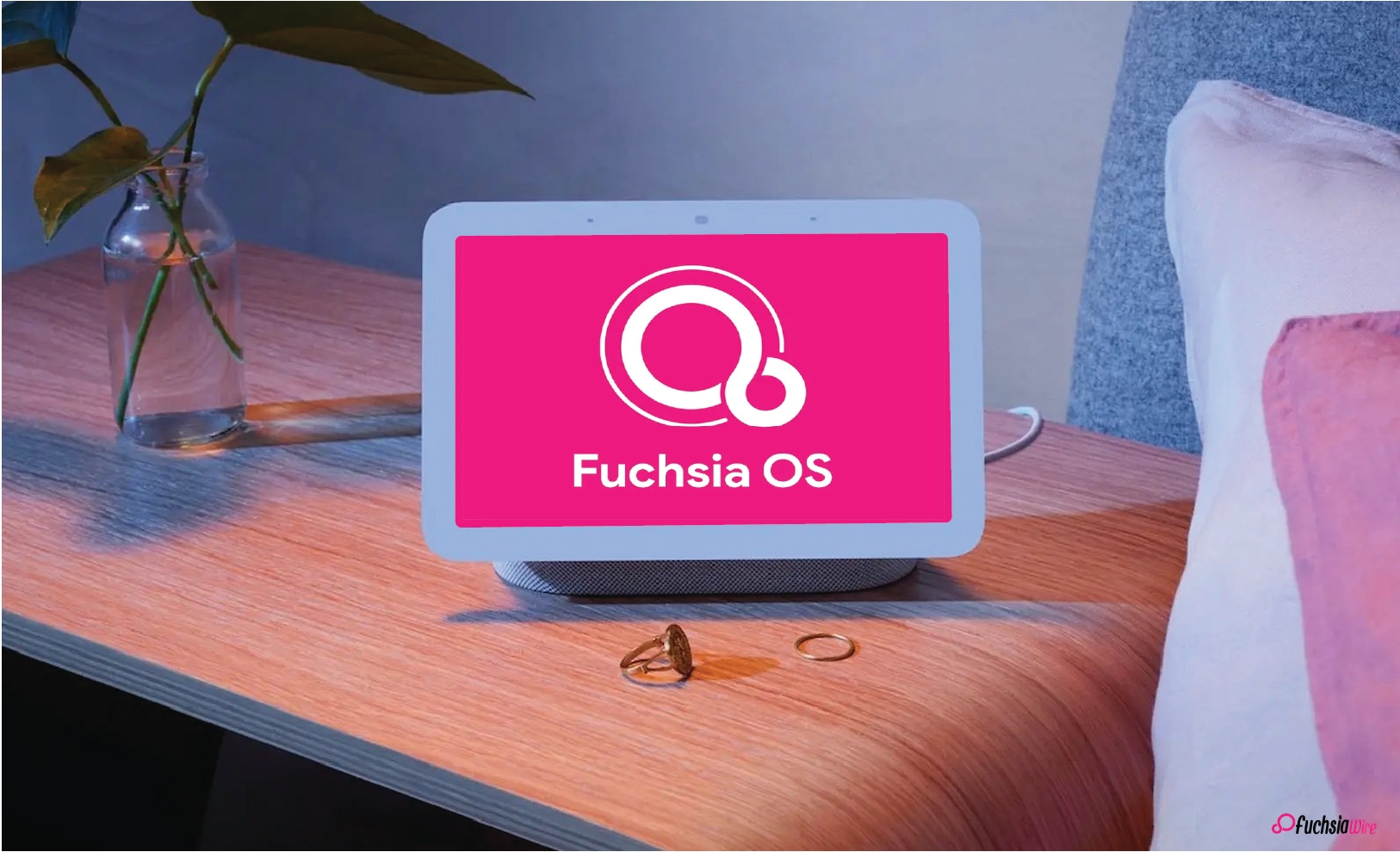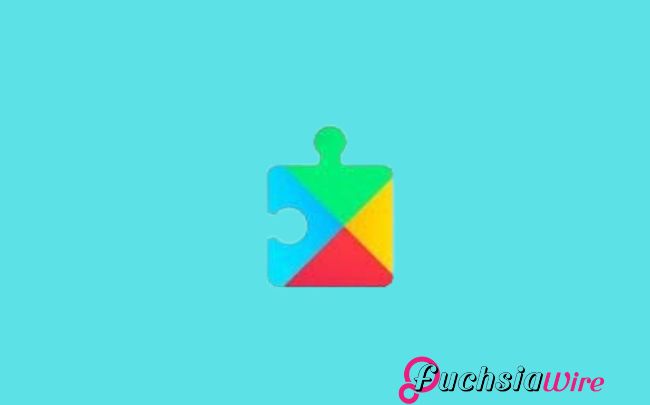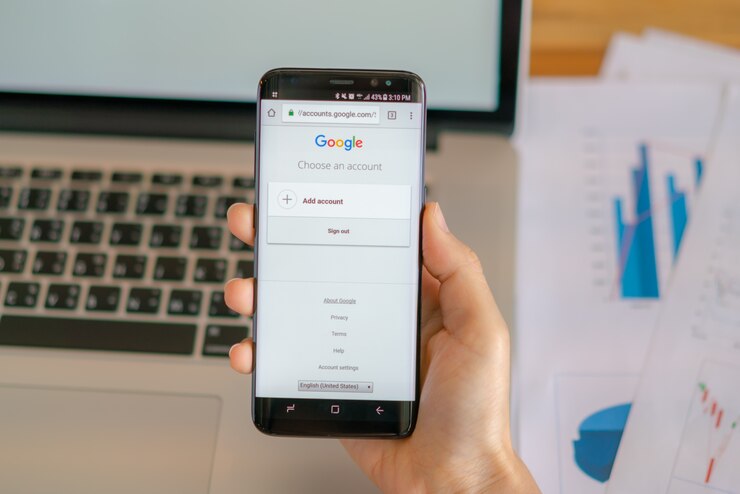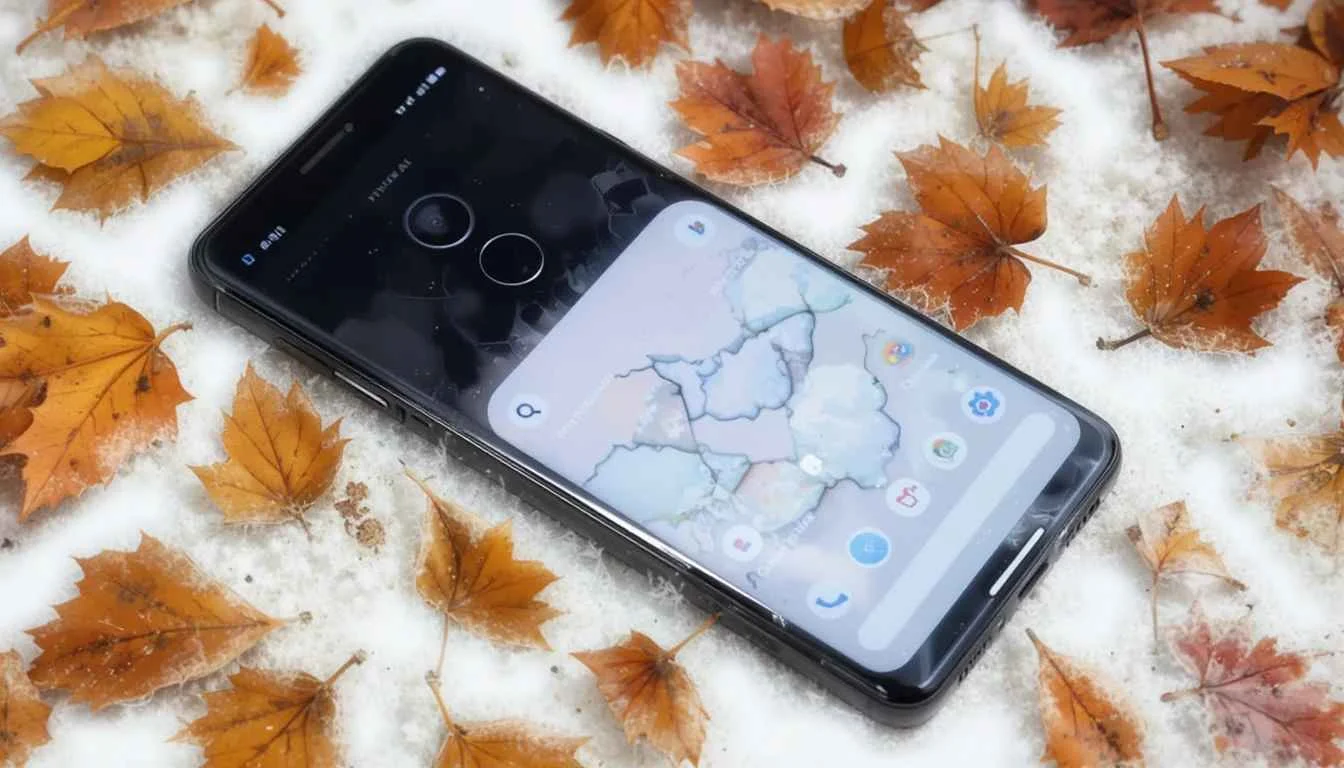The Material 3 Expressive design sought to provide a more dramatic and emotional experience to users. Google Drive was among the first applications to receive a dramatic redesign. However, Google is currently changing its strategy after its first introduction.
The most apparent aspect of the update, the massively boxed-out files and folders list view, is gradually being undone by some users.
This is an indicator of a movement back to simplicity and a simpler design in one of the most fundamental products in the Google productivity suite.
The Coming of Expressive Containment
Material 3 Expressive has been rolled out to Drive on Android recently. Attempted to increase hierarchy and interaction with strong shapes and grouping. This change was the primary one in the file list view, which included two layers of containers:
Outer Container: This makes the entire list of files stand out since it is placed in one large and rounded container.
Inner Containers: This time, every file or folder is placed in a smaller and rounded pill, with a definite space in between each article.
The Dumb Unloading of Containers
As of recently, Drive version 2.25.370.0 and beyond, users have realized that these containers are disappearing. The main changes include:
Full-Width Files: Items are no longer placed in small boxes. However, they run edge-to-edge, as they used to do in the past.
None Main Container: The outer container that surrounds the entire list has been removed and is merged with the background.
Weighing between Style and Productivity
This design probably indicates the real-world use and feedback by rolling back. In the case of such an app as Drive, clarity and efficiency are the most important. The heavy containers might have been too distracting.
Visual Clarity: A flat list is more rapidly scanned.
Information Density: Additional files on-screen without additional gaps.
Consistency: The file view has been changed to be similar to simplified list layouts in other Google applications.
Conclusion
The fact that Google has a slight change in the Material 3 Expressive file view of Drive demonstrates that the company is paying attention to user experience.
Colors, new navigation, and descriptive buttons are still bold. The file list will return to the plain, full-width appearance.
This is true of apps that would be dealing with large quantities of information. They ensure that usability is always prioritized above style, making sure that the focus is directed towards files rather than flashy frames.
FAQs
What has been altered particularly about the Google Drive interface?
The Material 3 Expressive design eliminates the containerized list of files and folders on Android.
Will this alteration make my file list view look younger or older?
Such a change is most often perceived as a cleaner and less cluttered interface. The full-width, no-border design lets users scan the file names and icons faster, and as many as possible appear on the screen.
Is the rollout of this change occurring to all users?
The transition is being seen on the server side for users of the latest versions of Google
Drive on Android (e.g., v2.25.370.0). Like any other Google update, the implementation can be both slow and conditional on accounts or the type of device.
What version of Google Drive must I use to see the new, watered-down design?
This has been observed in Android version 2.25.370.0 and above of Google Drive. This is because, however, as the change is server-side, you will not necessarily have it immediately once you have the latest version of the app.

























